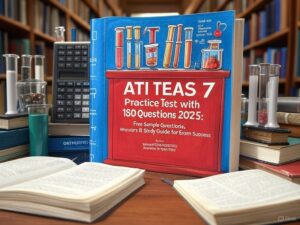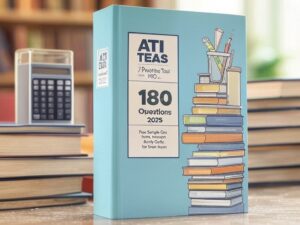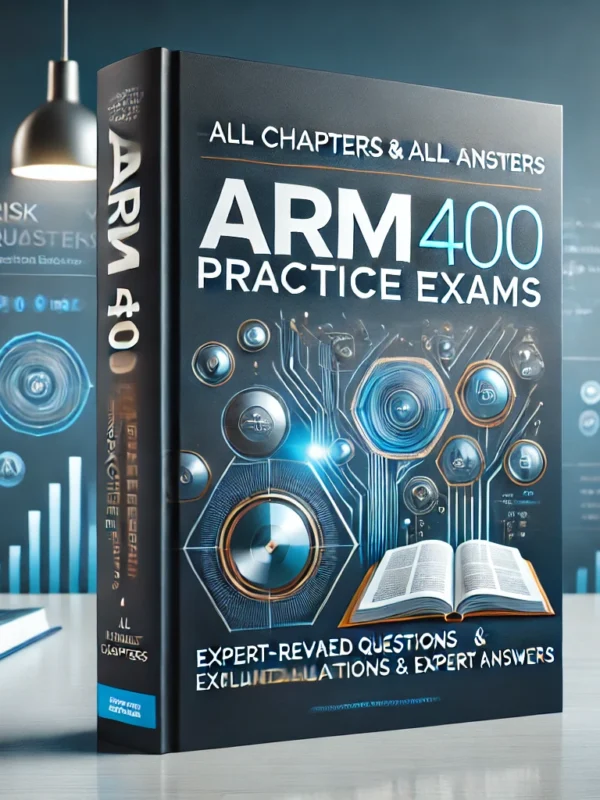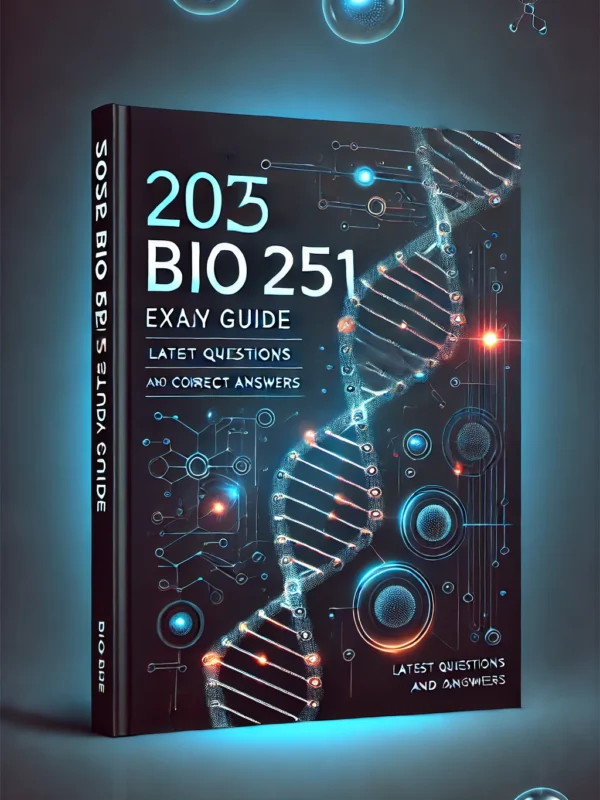Elevate your preparation for the ATI TEAS 7 Exam 2025 with this comprehensive practice test, tailored to ensure exam success for aspiring nursing and allied health students. This resource includes 180 carefully selected questions that closely mimic the exam’s format, spanning all four essential sections: Reading, Mathematics, Science, and English and Language Usage. Each question is paired with accurate answers and detailed explanations, providing clarity on complex topics and fostering critical test-taking skills. Accompanied by a robust study guide, this practice test offers strategic insights to enhance time management, refine question-answering techniques, and boost confidence. Fully aligned with the 2025 ATI TEAS 7 content outline, it incorporates the latest standards and evidence-based practices for optimal relevance. Including free sample questions, this tool is perfect for students aiming to excel and gain admission to competitive healthcare programs.
Preview
1. Which of the following properties does soap, an emulsifier, have that make it
useful for washing dirt off one’s hands with water?
o A) Soap’s enzymatic action helps to dissolve grime into smaller particles.
o B) Soap’s dual polar & nonpolar nature helps bond oil and water. ✅
o C) Soap’s rough texture physically scours grime off the surface.
o D) Soap’s acidity causes grime to precipitate into the water.
Rationale: Soap molecules have a hydrophilic (water-attracting) head and a hydrophobic
(oil-attracting) tail. This allows them to surround oil and grease particles, enabling water to
wash them away.
2. The covalent bonds between the monomers of an enzyme macromolecule are:
o A) Ester bonds
o B) Peptide bonds ✅
o C) Phosphodiester bonds
o D) Glycosidic bonds
Rationale: Enzymes are proteins, which are composed of amino acids linked by peptide
bonds.
3. Which of the following is a protein present in blood plasma?
o A) Monocytes
o B) Platelets
o C) Fibrinogen ✅
o D) Lymphocytes
Rationale: Fibrinogen is a plasma protein that plays a crucial role in blood clotting.
4. Which of the following describes a genetic mutation that results in uncontrolled
division of a single cell within the body?
o A) Cancer ✅
o B) Gene therapy
o C) Stem cell
o D) Translation
Rationale: Cancer occurs when a genetic mutation causes cells to divide uncontrollably.
5. Which of the following tools can be used to measure the turbidity of a liquid by
measuring the transmission of light through the sample?
o A) Centrifuge
o B) Spectrophotometer ✅
o C) Microdensitometer
o D) Electrophorometer
Rationale: A spectrophotometer measures the absorbance or transmittance of light
through a solution, making it ideal for turbidity measurements.
useful for washing dirt off one’s hands with water?
o A) Soap’s enzymatic action helps to dissolve grime into smaller particles.
o B) Soap’s dual polar & nonpolar nature helps bond oil and water. ✅
o C) Soap’s rough texture physically scours grime off the surface.
o D) Soap’s acidity causes grime to precipitate into the water.
Rationale: Soap molecules have a hydrophilic (water-attracting) head and a hydrophobic
(oil-attracting) tail. This allows them to surround oil and grease particles, enabling water to
wash them away.
2. The covalent bonds between the monomers of an enzyme macromolecule are:
o A) Ester bonds
o B) Peptide bonds ✅
o C) Phosphodiester bonds
o D) Glycosidic bonds
Rationale: Enzymes are proteins, which are composed of amino acids linked by peptide
bonds.
3. Which of the following is a protein present in blood plasma?
o A) Monocytes
o B) Platelets
o C) Fibrinogen ✅
o D) Lymphocytes
Rationale: Fibrinogen is a plasma protein that plays a crucial role in blood clotting.
4. Which of the following describes a genetic mutation that results in uncontrolled
division of a single cell within the body?
o A) Cancer ✅
o B) Gene therapy
o C) Stem cell
o D) Translation
Rationale: Cancer occurs when a genetic mutation causes cells to divide uncontrollably.
5. Which of the following tools can be used to measure the turbidity of a liquid by
measuring the transmission of light through the sample?
o A) Centrifuge
o B) Spectrophotometer ✅
o C) Microdensitometer
o D) Electrophorometer
Rationale: A spectrophotometer measures the absorbance or transmittance of light
through a solution, making it ideal for turbidity measurements.












Reviews
There are no reviews yet.